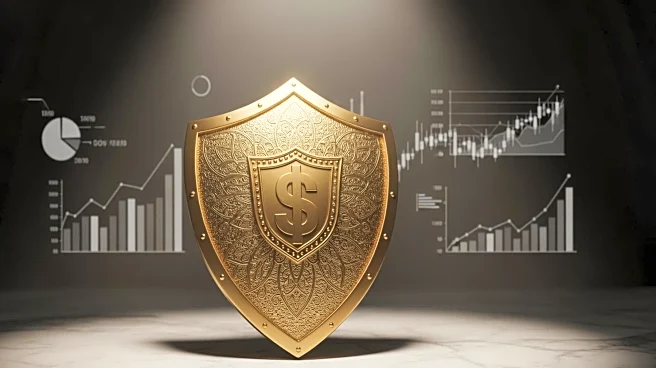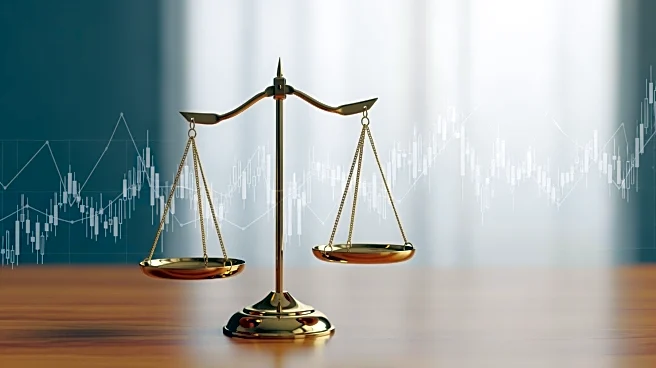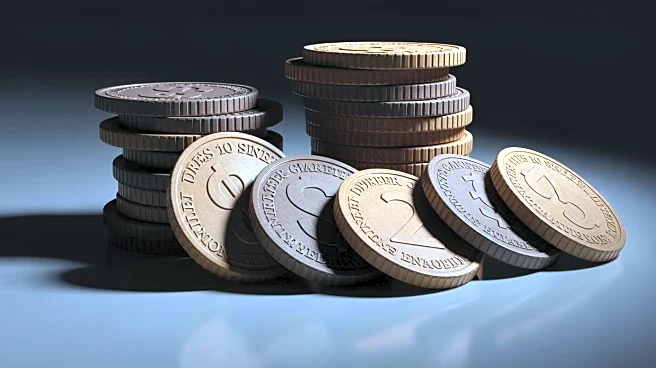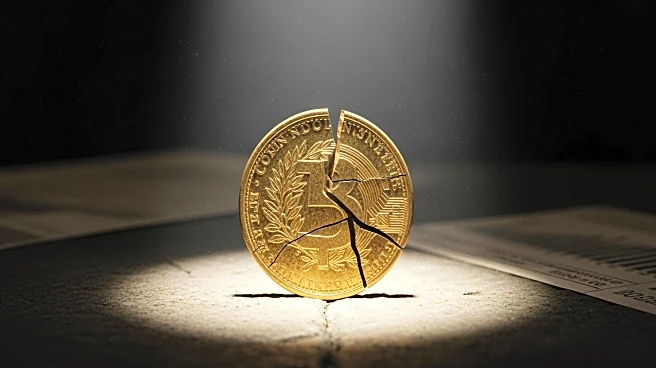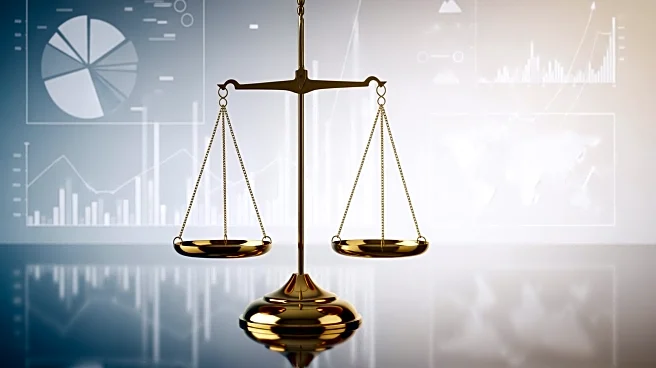What's Happening?
Hyperinflation occurs when a country's inflation rate exceeds 50% per month, leading to uncontrollable price surges that destabilize economies. Historical examples include Yugoslavia, Zimbabwe, and Hungary, where excessive money supply and demand-pull
inflation triggered economic crises. The Bureau of Labor Statistics measures inflation using the Consumer Price Index (CPI), and the Federal Reserve aims to maintain a healthy inflation rate of around 2%. Hyperinflation erodes purchasing power, making it difficult for consumers to buy essentials and destabilizing economies.
Why It's Important?
Hyperinflation can lead to severe economic challenges, such as difficulty in meeting national financial obligations and producing goods. It can cause widespread poverty and force citizens to rely on locally made products. Diversified investment portfolios, including commodities and Treasury Inflation-Protected Securities (TIPS), can help mitigate hyperinflation's impacts on personal finances. Understanding these dynamics is essential for protecting one's finances.
What's Next?
The Federal Reserve monitors inflation closely and implements monetary policy tools to prevent hyperinflation. If signs of hyperinflation appear, the Fed may raise interest rates significantly to combat inflation, as seen in past instances. Individuals can protect themselves by investing in foreign stocks, real estate, and commodities to safeguard their finances.
Beyond the Headlines
Hyperinflation can lead to social unrest and political instability, as seen in historical cases. It can cause a reallocation of wealth and drive people away from monetary transactions towards barter systems. Understanding the causes and effects of hyperinflation is crucial for policymakers and individuals to prevent and mitigate its impacts.
